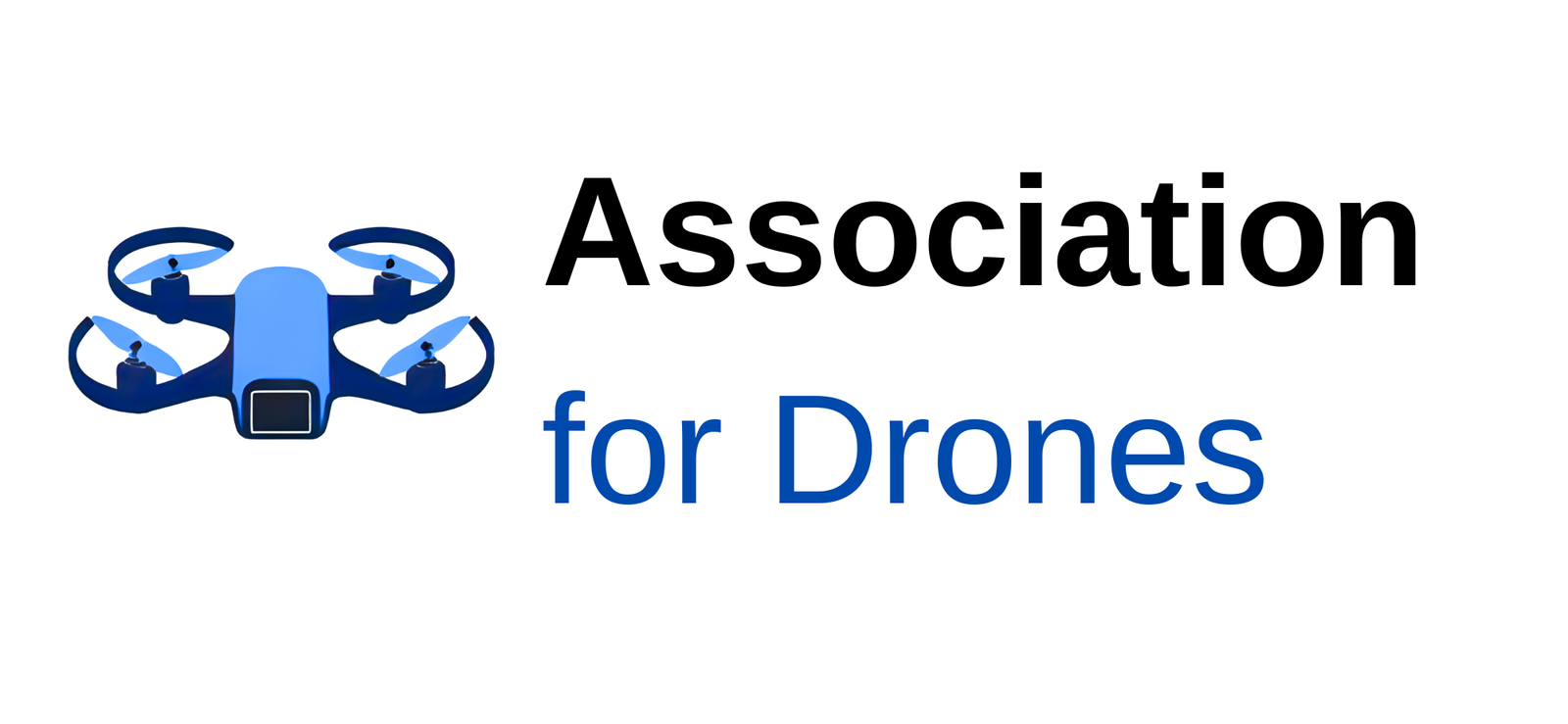Over the past decade, the drone industry has matured from consumer gadgets and hobbyist toys into a serious business sector spanning logistics, agriculture, construction, public safety, and even passenger air taxis. According to market forecasts, the global drone market could surpass $58 billion by 2030, driven by growing adoption in enterprise and government sectors.
For startups, this growth means opportunity. For venture capitalists (VCs), it means both potential for big returns and unique risks.
So what exactly do investors look for when evaluating drone startups?
1. A Clear Vertical Focus
One of the biggest mistakes early drone companies made was trying to be everything to everyone—selling drones for real estate, agriculture, mining, and filmmaking all at once.
VCs now look for specialization in high-value verticals:
- Logistics & Delivery: Zipline (medical supplies), Wing (retail deliveries).
- Infrastructure Inspection: Skydio (autonomous inspections for utilities and telecoms).
- Agriculture: DroneDeploy (mapping, crop health analytics).
- Urban Air Mobility (UAM): Joby Aviation, Volocopter.
👉 Investor takeaway: Startups that deeply understand one vertical and its ROI potential have stronger traction and lower risk than “generalist drone companies.”
2. Regulatory Readiness
The drone industry lives and dies by regulation. A startup with great tech but no path through compliance is a non-starter for investors.
VCs assess:
- Certifications: Does the company’s platform align with FAA, EASA, or other regional standards (Part 107, BVLOS waivers, U-space requirements)?
- Remote ID & UTM readiness: Is the startup building for compliance with Remote ID, BVLOS rules, and unmanned traffic management systems?
- Government engagement: Has the startup participated in pilot programs or secured waivers?
👉 Investor takeaway: Startups that design for regulation, not around it, inspire confidence.
3. Scalable Business Models
Investors want more than drones in the sky—they want repeatable, scalable revenue. That means:
- Recurring revenue: SaaS platforms (DroneDeploy, Measure) offering data analytics subscriptions.
- Service contracts: Long-term agreements with utilities, agriculture firms, or governments.
- Fleet models: Delivery networks like Zipline that can scale to thousands of flights.
- Dual-use applications: Companies with both commercial and defense/government markets.
👉 Investor takeaway: One-off project work is not attractive. Scalable revenue models are.
4. Differentiated Technology
Hardware alone is a tough sell—DJI dominates the global drone hardware market. Startups that compete on hardware specs often lose. Instead, investors look for defensible differentiation:
- Autonomy & AI: Computer vision, autonomous navigation, obstacle avoidance.
- Unique sensors: Multispectral, thermal, LiDAR, or custom payloads.
- Data platforms: Turning raw drone data into insights, reports, or integrations with enterprise software (SAP, Oracle).
- Vertical integration: Owning the full stack (hardware + software + service).
👉 Investor takeaway: Proprietary tech and IP, especially in autonomy and analytics, is more compelling than “just another drone.”
5. Strong Partnerships
Big contracts and partnerships prove traction and de-risk investment. VCs want to see:
- Enterprise clients: Utilities, telecoms, energy, or logistics firms already piloting or paying for solutions.
- Government programs: Inclusion in FAA pilot programs, EASA U-space tests, or defense contracts.
- Big Tech alliances: Partnerships with AWS, Microsoft, or NVIDIA for cloud, AI, and connectivity.
👉 Investor takeaway: Early strategic partnerships are validation that the market needs the solution.
6. Team with Aviation and Tech Expertise
Investors pay close attention to the founding team. Drone startups often fail when they have brilliant engineers but no regulatory or aviation experience—or vice versa.
VCs look for:
- Cross-disciplinary expertise: Aviation, robotics, data science, and enterprise sales.
- Advisors and board members: Connections to regulators, defense, or big industry players.
- Execution history: Founders who have scaled tech companies before are especially attractive.
👉 Investor takeaway: A balanced team is often the biggest predictor of success.
7. Unit Economics and ROI for Clients
Ultimately, investors care about whether clients see real ROI. Strong drone startups prove:
- Cost savings: Replacing helicopters or manual inspections at a fraction of the cost.
- Risk reduction: Keeping workers safe by inspecting hazardous sites with drones.
- Revenue growth: Enabling new capabilities like faster deliveries or predictive maintenance.
👉 Investor takeaway: Startups must show real-world case studies with measurable ROI, not just “cool tech demos.”
8. Exit Potential
VCs want to know not just how a company grows, but how they return capital. Common exits include:
- Acquisitions: Big tech (Amazon, Google), defense primes (Lockheed, Raytheon), or industrial giants (Siemens, Caterpillar) buying drone startups.
- IPOs/SPACs: Less common today but possible for large players in UAM (Joby, Archer).
- Strategic mergers: Drone startups combining with software/IoT companies.
👉 Investor takeaway: A credible exit pathway makes a startup far more attractive.
Conclusion
For VCs, the drone industry represents a mix of high potential and high complexity. The most attractive startups are those that:
- Solve a real problem in a clear vertical.
- Build regulatory compliance into their DNA.
- Focus on scalable, recurring revenue models.
- Leverage defensible technology, not commodity hardware.
- Prove traction through partnerships and ROI case studies.
In short, investors look for startups that go beyond flying drones—they want companies building the infrastructure, data, and platforms that will define the skies of tomorrow.
The drone industry is still young, but the next decade will separate hobbyists from true industry leaders—and venture capital will be watching closely.
